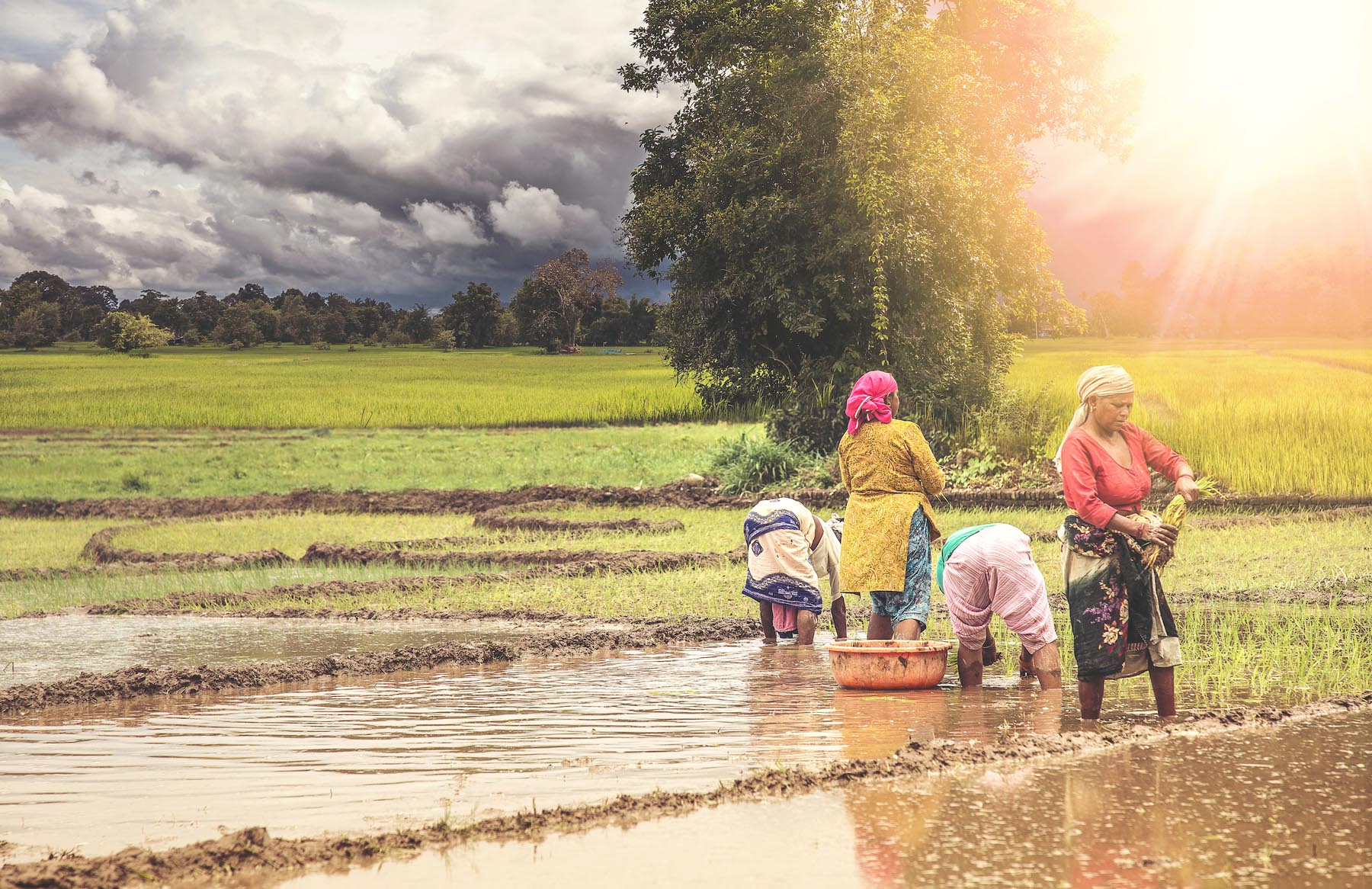While some recent studies conclude that North American agriculture, including the highly productive Canadian prairies, 1 is expected to be less vulnerable to climate change than other regions of the world,2,3 our scenarios do ot suggest that Canada can compensate for worldwide productivity losses due to climate change. Of the four different climate change scenarios we consider4 in the research monograph Food Security, Farming, and Climate Change to 2050, under only one are Canadian cereal yields in 2050 projected to be higher than under a scenario of perfect climate change mitigation- and only 5 percent higher at that. However, in another scenario cereal yields decrease by 15 percent! 5 Canada will not feed the world though better cereal yields under climate change.
So what about growing wheat where it hasn’t been grown before when the planet warms up?Our results indicate that the area cultivated in cereals in Canada will be between 1.9 and 5.6 percent higher in 2050 with climate change than in a situation of “perfect mitigation”, where all greenhouse gas emissions are halted and the inertia in the climate system is overcome. While temperatures may become more favorable further north in Canada, poor soil quality will constrain production (the same is true for Russia).2,6
In the end, Canada could produce anywhere from 7.6 percent more cereal to 12.9 percent lesscereal with climate change with perfect mitigation. The outlook does not look better for other cold weather cereal producing giants. Under no climate change scenario is U.S. or Russian cereal production higher than under perfect mitigation. Cereal production in the Ukraine could be higher or lower under climate change, depending on the scenario, but is at best projected to be 5.4 percent higher.
Let’s be optimistic and say Canada will produce 8 percent more cereal and the Ukraine 6 percent more with climate change than with perfect mitigation. Combined, this is 11.4 million more metric tons of cereal. While that is a lot of grain, it won’t make a make up for production losses elsewhere; under the most optimistic climate scenario considered in the report, global cereal production is 108.9 million metric tons less than with perfect mitigation. Combined, production increases in Canada and the Ukraine can make up for about 10 percent of the decrease in production from the rest of the world (including the U.S. and Russia).
As a final note, these climate scenarios do not take into account weeds and pests. Milder winters might allow pests and to survive the winter that would otherwise die, or accommodate invasive species that may thrive in newly warmer climates. While Canada and other countries may be able to make up for some production decreases induced by climate change, sitting idly and waiting for the grain shipments from the cold countries to meet world food needs in 2050 is a dubious strategy for global food security under climate change.
Read more in Food Security, Farming, and Climate Change to 2050: Scenarios, Results, Policy Options. You can also test these results yourself on the interactive map visualization tool: Food Security CASE Maps: Interactive Climate, Agriculture, and Socio-Economic Maps.
1. Nearly two-thirds of all Canadian agri-food exports come from Western Canada, and is composed primarily of wheat, barley, and oilseed crops. [Back]
2. International Panel on Climate Change (2007). Climate change 2007: Impacts, adaptation and vulnerability. Contribution of the Working Group II to the Fourth Assessment report of the Intergovernmental Panel on Climate Change. [Back]
3. International Institute for Sustainable Development and Environmental Adaptation Research Group (1997). Agriculture and Climate Change. A Prairie Perspective. [Back]
4. MIROC and CSIRO global circulation model results using the A1B and B2 scenarios. [Back]
5. In our model yields are not only affected by biophysical drivers like temperature and precipitation, but by economic drivers like price, which affects input intensity. This allows for producers in cold countries to react to high international prices, which they presumably would. [Back]
6. Alcamo, J., N. Dronin, M. Endejan, G. Golubev, A. Kirilenko (2007). “A new assessment of climate change impacts on food production shortfalls and water availability in Russia.” Global Environmental Change 17: 429-444.[Back]
This post, by Nicholas Magnan (n.magnan@cgiar.org), sheds light on the lessons learned from IFPRI’s research monograph:Food Security, Farming, and Climate Change to 2050: Scenarios, Results, Policy Options.







